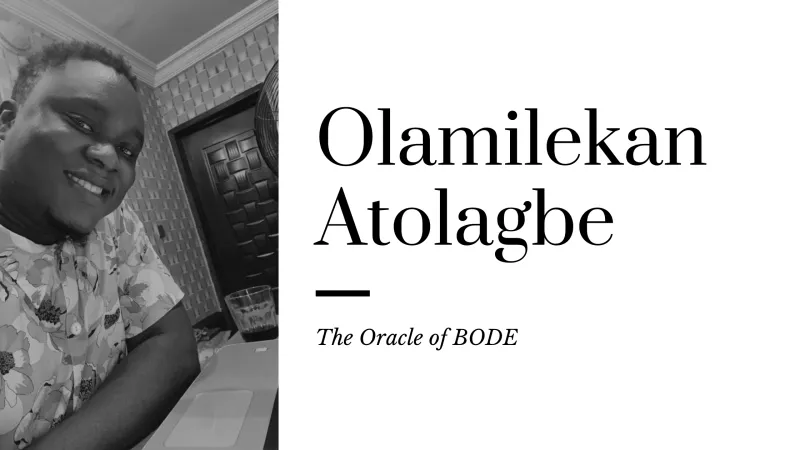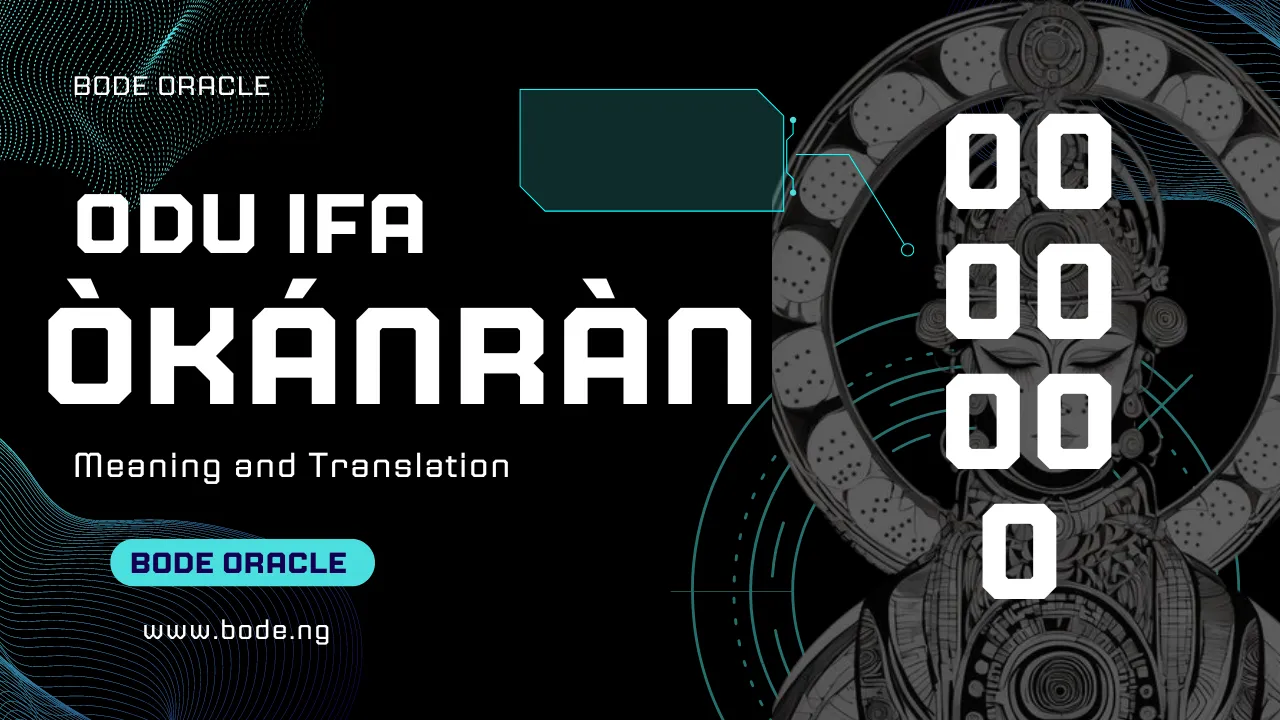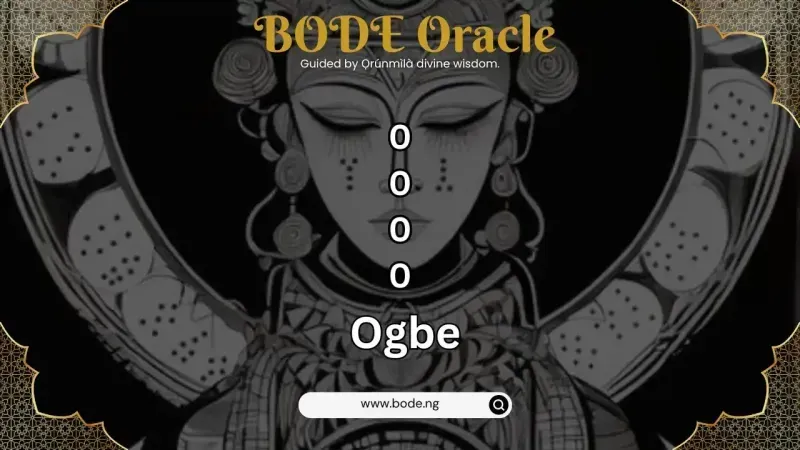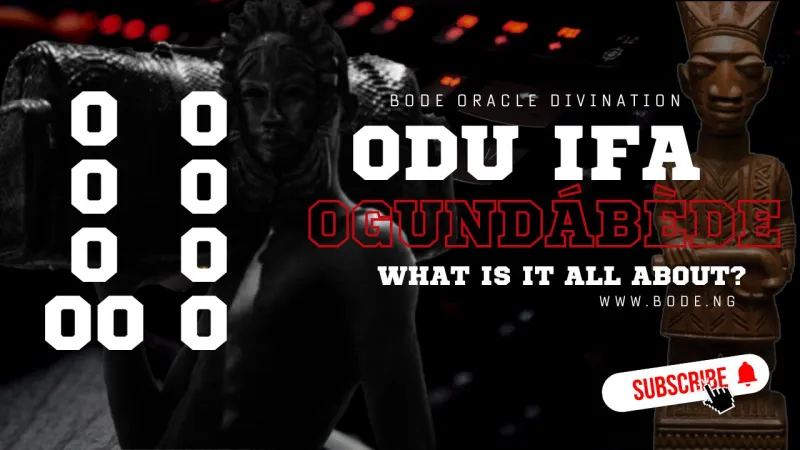A lack of understanding about money is a primary reason why many individuals, in Africa and around the world, struggle to achieve financial success. This thesis, “Money Ritual Secrets: The BODE Formula for Wealth and Success,” is designed for those who aspire to attain financial breakthrough and prosperity.
Without a foundational understanding of money, the likelihood of achieving wealth remains as low as 5%—a slim probability that only a rare few manage to overcome.
To increase our chances of success, we must first understand the essential nature of money. Only with this knowledge can we apply a structured approach, like the BODE Formula for Wealth, which guides individuals toward financial security and prosperity.
This thesis aims to demystify the path to wealth by clarifying the dynamics of money and presenting a systematic method for increasing the probability of financial success.
Thesis on Wealth as a Probability: A Philosophical Guidance by the Oracle of BODE
Abstract
This thesis postulates that wealth, or the state of being “rich,” is best understood as a probabilistic outcome influenced by an individual’s choices, circumstances, and strategic positioning rather than a guaranteed result of talent, education, or effort alone.
While traditional views of wealth often link success to hard work or intelligence, a probabilistic approach acknowledges the complex array of factors—some controllable, others not—that contribute to financial success.
This framework not only reshapes our understanding of wealth but also provides practical guidance for those who possess intelligence, talent, and ambition yet find themselves financially limited.
Problem Statement
Despite intelligence, talent, or substantial effort, many individuals remain financially constrained, while others, with seemingly fewer resources, achieve substantial wealth.
This disparity raises a critical question: If wealth is a probability, how can individuals increase their likelihood of achieving financial security and success?
This inquiry seeks to answer the question by developing a probabilistic model of wealth acquisition, grounded in philosophical reasoning, to help individuals optimize their financial trajectories.
Hypothesis
Wealth is best viewed not as a guaranteed result of effort or talent, but as a probability that can be influenced by positioning oneself strategically in ways that increase the likelihood of financial success.
This positioning involves a complex interplay of education, talent, timing, networking, adaptability, risk tolerance, and persistence.
By understanding and applying these factors effectively, individuals can increase their probability of achieving wealth, even if certainty remains elusive.
Core Arguments
Wealth as a Spectrum
Wealth should be conceptualized as a spectrum rather than a binary state. One’s financial position can be plotted across levels, ranging from poor (Level 0) to substantial wealth (Level 10).
The aim is to reach and maintain a level of security, with Level 5 representing financial stability. Success, then, becomes a matter of progressing along this spectrum through probabilistic means.
To understand wealth as a spectrum means viewing it as a continuous range rather than as a simple “rich or poor” status. This perspective allows us to see financial success as a progression through different levels, each representing a different degree of financial security and resources.
Here’s how this spectrum can be broken down for easy understanding:
• Level 0, Level 1 and Level 2:
These represent the most financially insecure states, often marked by poverty or lack of resources. People at these levels struggle to meet basic needs and have minimal opportunity to invest in their financial growth. If you are between this level, you need to get yourself out of here first in order to be able to apply BODE Money Ritual Formula.
• Level 3 and 4:
This is a crucial level where individuals possess qualities like talent, education, and a strong work ethic but still have not reached financial security or wealth. They may have the potential for success, but they haven’t yet accessed the opportunities, strategies, or resources needed to break through to financial stability. This thesis is focused on helping individuals at this level overcome barriers and move closer to wealth.
• Level 5:
This level represents financial stability, where a person has achieved enough security to cover basic needs and moderate risks without constant financial strain. While not “wealthy” in the conventional sense, they have a foundation on which to build.
• Levels 6-10:
Progressing beyond Level 5 means moving from stability toward true financial abundance. These levels include not only wealth accumulation but also the security, freedom, and influence that come with greater resources.
Level 10 represents substantial wealth, where financial security is firmly established, and the individual has resources far beyond their immediate needs.
The Importance of Strategic Positioning
Key elements that influence the probability of wealth include:
• Opportunity and Timing: Wealth often results from being in the right place at the right time. Individuals who identify opportunities early—before they become widely recognized—often find themselves at an advantage.
• Network and Social Capital: Wealth creation frequently involves leveraging social networks. Strong connections provide access to resources, mentorship, and insider information that can dramatically increase financial success.
• Risk Tolerance and Mindset: Individuals with a higher tolerance for risk are more likely to achieve financial success, as they pursue opportunities others might avoid. This involves a mindset that treats setbacks as learning experiences and cultivates resilience.
• Adaptability and Innovation: The ability to apply talents and skills in innovative, marketable ways increases the probability of wealth. Adaptability enables individuals to meet evolving demands and create value.
• Persistence and Strategy: Financial success is rarely achieved in isolation. Those who succeed typically persistently adapt their strategies, learning from both failures and successes.
Conclusion and Practical Framework
The practical application of wealth as a probability involves five essential principles:
1. Positioning (Knowledge + Skill): Develop valuable skills, but aim to apply them practically to solve real-world problems that create value for others.
2. Network and Leverage: Cultivate connections that provide access to opportunities and resources, multiplying one’s influence and reach.
3. Calculated Risk: Embrace well-considered risks, particularly when opportunities align with one’s strengths, even if the outcome is uncertain.
4. Adaptability: Remain flexible and open to revising strategies based on changing circumstances, avoiding rigid adherence to a single plan.
5. Persistence + Learning: Foster a mindset of growth, recognizing that both successes and failures offer critical insights that can improve one’s probability of success over time.
Implications
This model provides a realistic, adaptable approach to wealth creation that transcends traditional assumptions. By focusing on probability rather than certainty, individuals can navigate financial pursuits with a clearer understanding of the factors within their control.
Through strategic positioning and the deliberate cultivation of advantageous probabilities, it becomes possible to increase one’s likelihood of financial success without depending solely on luck or innate talent.
This philosophical model suggests that while wealth cannot be guaranteed, it can be pursued as a calculated probability that responds to adaptable, strategic actions over time.
BODE Formula For Wealth by The Oracle of BODE
This formula can serve as a tool for understanding the likelihood of achieving wealth based on key variables.
Let’s define the BODE Formula as follows:
Wealth Probability (W) = B + O + D + E
Where:
• B = Base Knowledge and Skills: Represents an individual’s foundational knowledge and skills that can be applied to create value (scored from 0 to 10).
• O = Opportunities Leveraged: Reflects how well a person identifies and acts upon potential opportunities (scored from 0 to 10).
• D = Degree of Risk Tolerance: Measures the individual’s willingness to take calculated risks that can lead to wealth (scored from 0 to 10).
• E = Engagement with Network: Represents the strength of an individual’s social capital, resources, and support systems that provide access to information or resources (scored from 0 to 10).
Each variable is assigned a score from 0 to 10 based on the individual’s unique situation and approach.
Interpreting the Results
• W < 20: Low probability of wealth, foundational work is likely needed.
• 20 ≤ W < 30: Moderate probability; improvement in one or more areas could enhance potential.
• W ≥ 30: High probability of wealth; indicates strategic positioning for financial success.
Example Application
Suppose a person has:
• B = 6 (solid foundational skills),
• O = 8 (strong ability to seize opportunities),
• D = 7 (moderate risk tolerance),
• E = 6 (moderate social capital).
Using the BODE Formula to Grade Your Wealth (W) Probability :
A score of 27 suggests a moderate to high probability of achieving wealth, indicating that the individual is well-positioned but may still benefit from optimizing certain factors.
The BODE Formula For Wealth offers a structured way to evaluate one’s positioning on the wealth spectrum and highlights areas for potential improvement.
Let’s go through each part of the BODE Formula to clarify how it works, why each variable matters, and what each result means.
I’ll break this down to the simplest explanation, especially around how to interpret the scores and probabilities of wealth based on the total score of 40 according to the postulated formula.
Let’s interpret this mathematically based on the maximum values 40 given:
The formula for Wealth Probability (W) is:
W = B + O + D + E
where each component—B (Base Knowledge and Skills), O (Opportunities Leveraged), D (Degree of Risk Tolerance), and E (Engagement with Network)—can have a maximum value of 10 as I postulated earlier.
If each component is scored at the maximum, we have:
B = 10, O = 10, D = 10, E = 10
Substituting these values into the formula:
W = 10 + 10 + 10 + 10 = 40
Understanding the BODE Formula for Wealth
The BODE Formula for Wealth is designed to provide a clear, structured way to evaluate a person’s likelihood of financial success by assigning a score to four key factors:
- Base Knowledge and Skills (B),
- Opportunities Leveraged (O),
- Degree of Risk Tolerance (D), and
- Engagement with Network (E).
Each of these factors can have a value from 0 to 10, and together, they make up the wealth probability score card you can use to guide your step to financial success.
Let’s Define Each Component
1. B = Base Knowledge and Skills: This represents how much knowledge and skill a person has to create value. If someone scores a 0 here, it means they lack the knowledge or skills needed to make any financial impact. A score of 10 means they have very strong, applicable skills that are valuable in the marketplace.
2. O = Opportunities Leveraged: This factor measures the extent to which a person can recognize and act on opportunities. Someone scoring low here (e.g., 0–3) might not be good at spotting or seizing opportunities, whereas someone with a high score (e.g., 8–10) is proactive in turning opportunities into results.
3. D = Degree of Risk Tolerance: This measures a person’s willingness to take risks that could lead to financial gain. A low score here (e.g., 0–2) indicates an aversion to risk, while a higher score (e.g., 7–10) reflects a healthy comfort with calculated risks, often necessary to grow wealth.
4. E = Engagement with Network: This evaluates how well a person uses their social and professional connections to gain access to resources and support. A higher score here (e.g., 7–10) suggests that they have a strong, supportive network, whereas a lower score (e.g., 0–3) might indicate they lack connections that could open doors for them.
Calculating the Wealth Probability Score (W)
To calculate the total wealth probability score:
The resulting score will range between 0 and 40.
Interpreting the Results
Here’s how to understand the score ranges from 0 - 40:
• W < 20 (0-19): A low probability of achieving wealth. A score below 20 suggests that at least some of the four key factors need work. For example, if someone scores low in B and O, they may need to gain more skills and learn to recognize opportunities. Low scores across multiple factors indicate foundational improvements are necessary.
• 20 ≤ W < 30 (20-29): A moderate probability of wealth. This score shows some good progress but suggests there’s room to optimize. If someone scores a 25, for instance, they likely have strengths in some areas but may need to improve their network engagement or risk tolerance to reach higher financial success.
• W ≥ 30 (30-40): A high probability of wealth. Scores of 30 or above indicate a strong alignment in knowledge, opportunity recognition, risk tolerance, and network engagement. This means the person is strategically well-positioned for financial success, though there’s always room for fine-tuning.
Example Application
Let’s take a sample score to see how this works like the example I gave earlier in the application example:
• B = 6 (good foundational skills)
• O = 8 (strong ability to seize opportunities)
• D = 7 (moderate risk tolerance)
• E = 6 (moderate social capital)
Calculate :
Interpretation: A score of 27 indicates a moderate to high probability of achieving wealth. This person has strengths in opportunity recognition and foundational skills, but they could improve their network engagement or risk tolerance to further enhance their probability of wealth.
Summary
The BODE Formula for Wealth is a guide and a personal score card I prepared for my personal use and applying to myself without pressure in order to identify one’s current wealth probability and targeting specific areas for improvement.
The formula doesn’t guarantee wealth but instead provides a realistic framework for understanding and increasing the likelihood of financial success.



